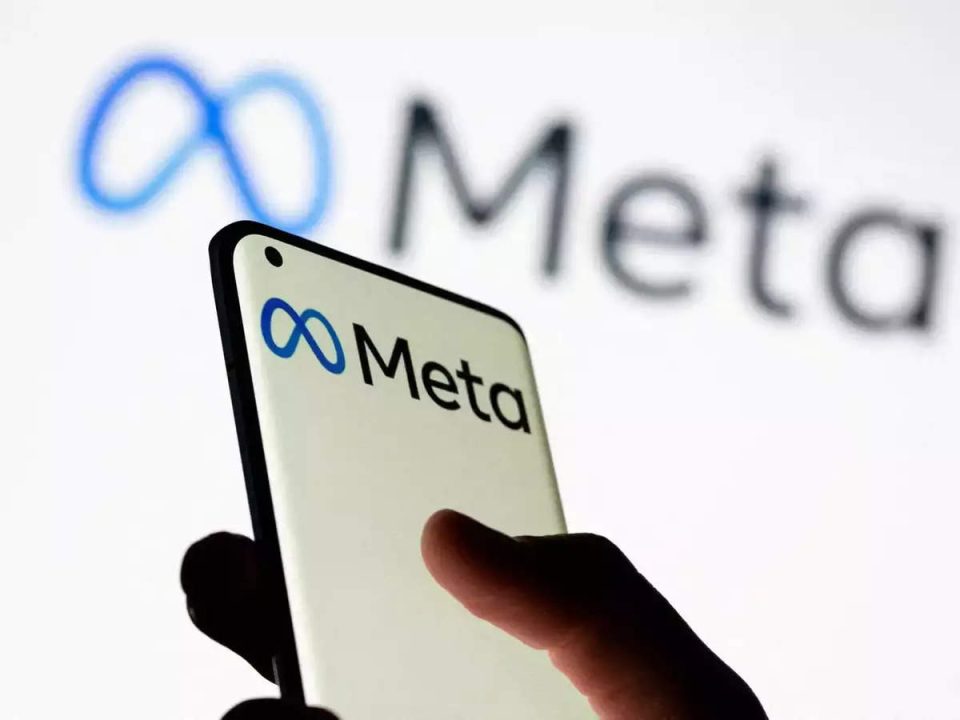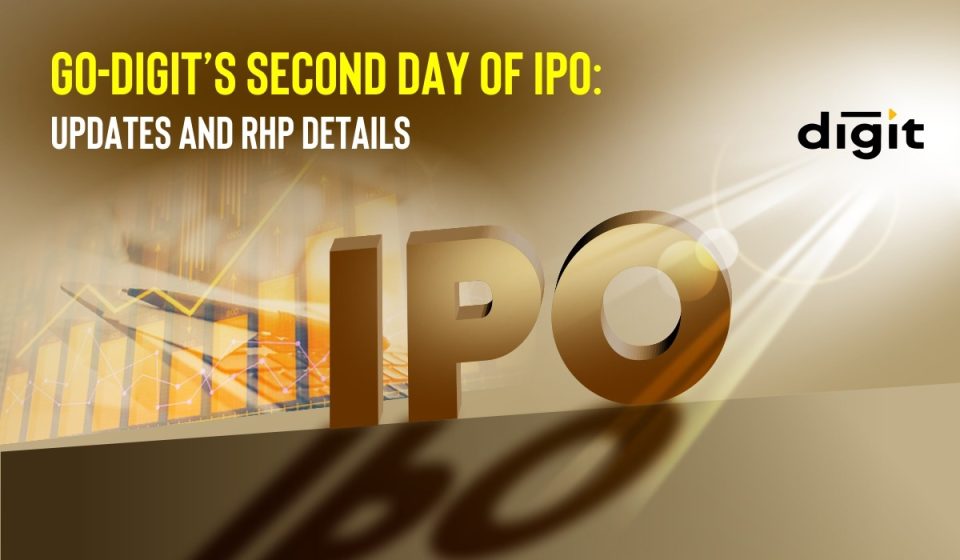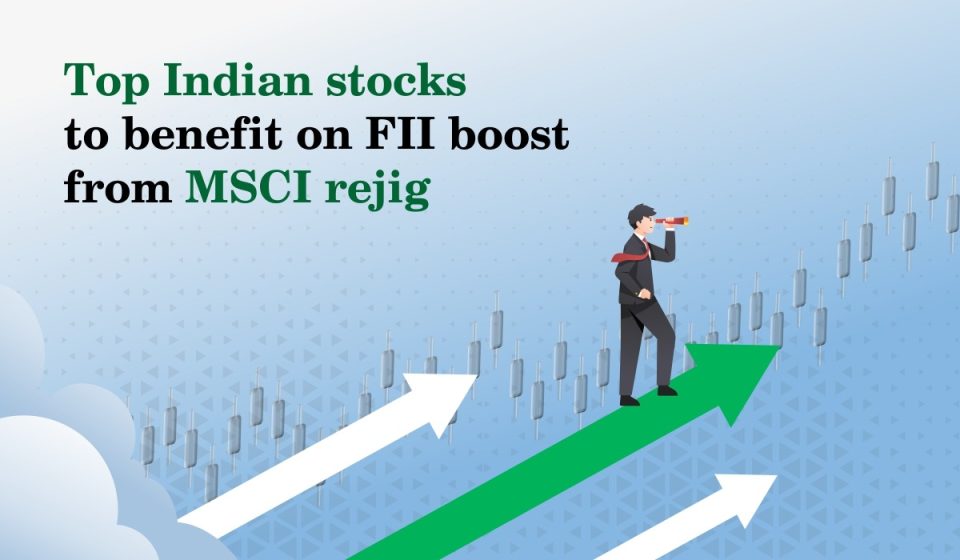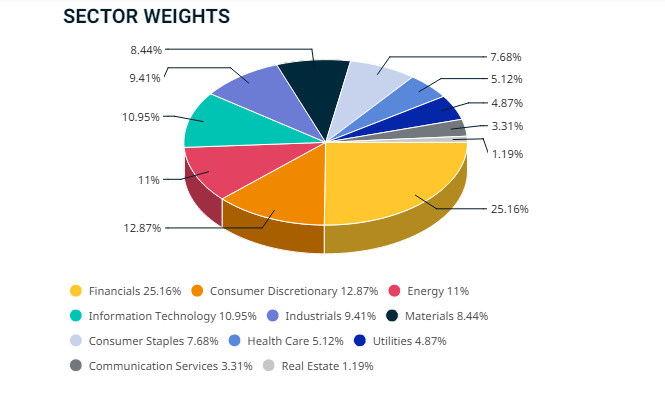Meta Platforms Inc said Tuesday that its Class A common stock will begin trading on the Nasdaq before the market opens on June 9 under the ticker “META,” replacing the current ticker “FB.”
Last October, the company changed its name from Facebook Inc to Meta Platform Inc to focus on building the “Metaverse,” a shared virtual environment betting on becoming the successor to the mobile internet. The current ticker symbol “FB” has been in use since the company’s 2012 IPO.
Last October, the company changed its name from Facebook Inc to Meta Platform Inc, rebranding to focus on building the “Metaverse,” a shared virtual environment that is betting on becoming the successor to the mobile internet.













